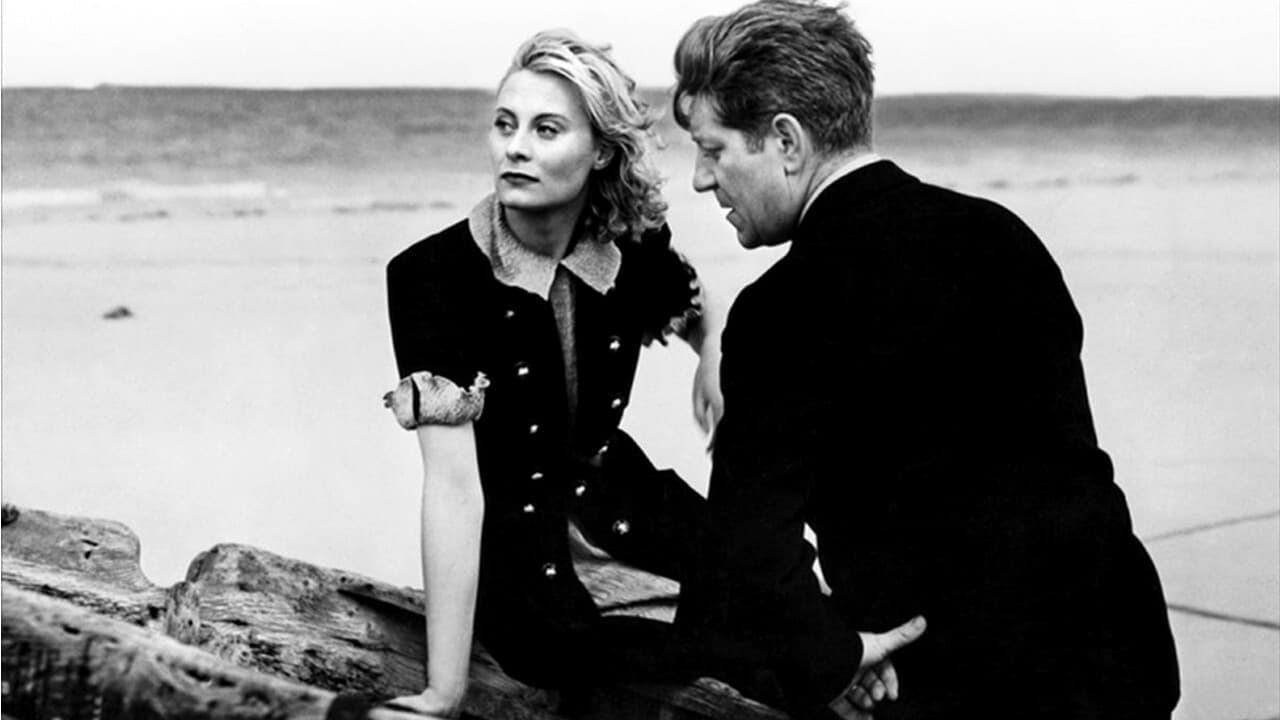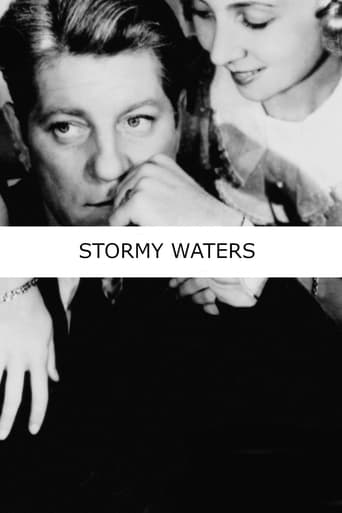

Andre Laurent, the captain of a tugboat, married Yvonne ten years ago. She has a heart disease but does not want to tell him. She dreams he quits his job so they can live quietly. One night, during a sea rescue, he meets Catherine. She wants to leave her husband, the captain of the rescued ship.Jean Grémillon (1901-1959) seems to be a director who knows what he wants. He started this film as the war began (or just prior), and despite France being taken over by Germany, and having to reshoot some footage, he kept at it. And what we get is actually a really good movie. Sometimes I think Criterion releases their eclipse sets just to make a point of saying France, Japan, etc still had movies during World War II, and is not necessarily concerned about how influential or important they may be.This one looks beautiful and surely had an impact. It reminds me of the sort of cinematography we got from the val Lewton-produced films.
... View MoreJean Gabin stars as the captain of a tugboat. On a job, he rescues Michele Morgan. Later, they begin a romance, though Gabin is married to the lovable but perpetually worried Madeleine Renaud. This is a pretty good film, though it has some major flaws. The scenes in the stormy seas (which is what the title literally means) look particularly great for the time. The major flaw, as I see it, is that the relationship between Morgan and Gabin just happens too quickly, and is thus not that believable. In the scenes between Gabin and Renaud, their relationship seems so wonderful and loving that it's hard to believe he'd dump her so quickly - like later the same day, pretty much. The film's finale is quite powerful. The performances throughout are excellent, especially Gabin's. Jacques Prevert co-wrote the script.
... View MoreFilms like this were the bread and butter of French Cinema in the first two decades of Sound and this one boasts a glorious roster from Gremillon himself to Andre Cayette, an uncredited Charles Spaak and, of course, arguably the Greatest of them all, Jacques Prevert. In a film in which the sea is a major character it was a master stroke to begin the story on land and with a set piece, the wedding of one of the mariners which allows a natural chance to establish Gabin's Andre Laurent and hear his praises sung to the heavens then see him in happy domesticated mode, dancing with his wife of ten years and far from happy with his lifestyle though deeply in love with him. An S.O.S. call establishes that these men are the crew of an ocean-going tugboat who help ships in distress in return for a piece of the action. A second master stroke is the delayed appearance of Michele Morgan who we know is about to provide the love interest/temptation for Gabin. She turns out to be the 'wife' of the morally dubious captain of the distressed ship and can't wait to leave him. The fact that shooting began in 1939 only to be halted by the outbreak of war, resumed roughly one year later has led some viewers to see this as a bridge between the poetic realism of the late thirties and the Cinema of Occupation although personally I don't buy into this whilst relishing the Prevertian 'touch' of having Catherine (Morgan) hail from Le Havre which was, of course, the setting for the initial Gabin/Morgan movie Quai des Brumes. The couple of 'holes' in the script - Morgan's husband, reluctant to let her go, makes no attempt to trace her whilst she, with no visible means of support, appears to be living in a luxury apartment - are mere cavils and whichever way you slice it this is one to treasure.
... View MoreThe making of "Remorques" began in 1939,as a follow-up to the excellent "l'étrange Monsieur Victor",and because of the Occupation,was released two years later.That also explains the length of the movie (hardly 80 minutes in the broadcast versions).It's a simple story:the plot involves a tough sailor,Gabin,torn between two women ,the frail Madeleine Renaud,Gremillon's favorite actress (she was featured in all of his four movies of the 1938-1943 period),and the disillusioned Michèle Morgan (with whom he had teamed up in Carné's famous "quai des brumes").The banal plot matters much less than the atmosphere;the star of the movie is the Ocean:you can hear,feel or see it ceaselessly along the viewing.This ocean which nobody can tame,which breaks willpower.For man must work and woman must weep..SPOILERS: The ending climaxes the movie.A distraught incredulous Gabin gazes at his dead wife whilst a lugubrious siren desperately wails there down by the ocean.Then the man,forgetting his plight,walks across the harbor to come to the rescue of the boat in distress:you can hear voices chanting prayers for the dead as he makes his way through darkness .This ending has the strength of an epic Victor Hugo poem.
... View More